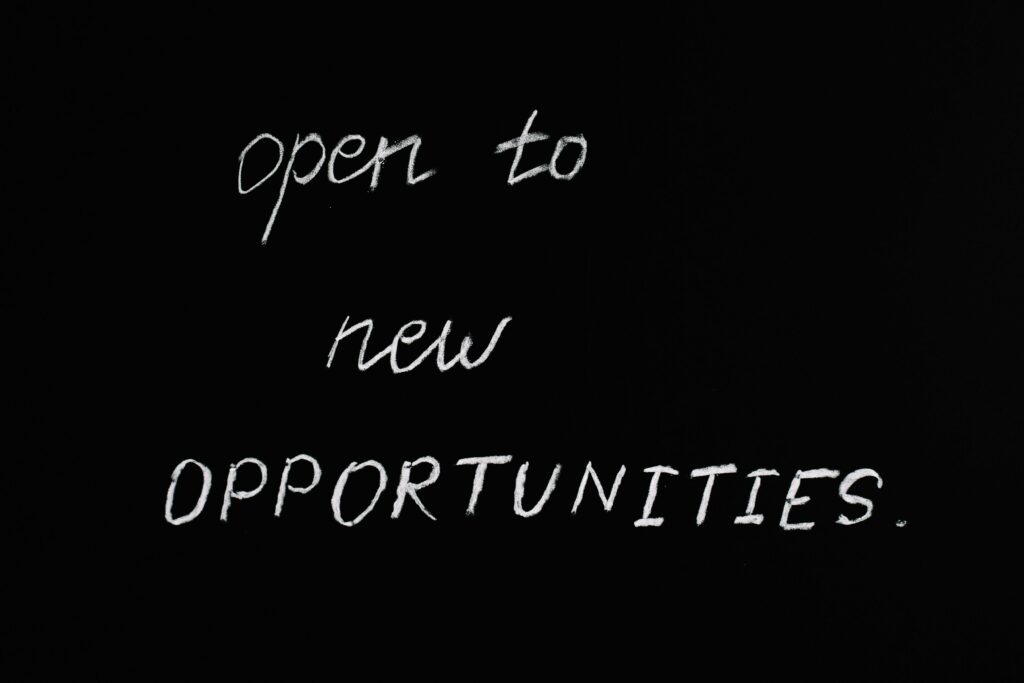Changing Careers in Midlife: How to Pivot Without the Midlife Crisis
You are therefore considering changing jobs—later in life. You can be bored, exhausted, or simply yearning for something fresh. Perhaps life threw you a curveball and now you’re looking at LinkedIn wondering, “Wait, how do I even begin again?” The good news is that many others have done this before you (without going crazy), you are not too old, and it is not too late. Whether you are 40, 50, or beyond, here is the no-BS guide to reinventing your career—without beginning from scratch or regretting your age.

Forget about “Starting Over”; you’re only changing gears.
The first mental obstacle? Abandon the notion that you are “starting from zero.” You are not. Your job title may change, but you have decades of skills—leadership, problem-solving, tenacity—that don’t disappear. Consider this as a pivot rather than a reset. A teacher transitioning to corporate training isn’t “becoming a newbie”; rather, they are rebranding their capacity to clarify difficult concepts. A retail manager changing to project management? That’s simply a more elegant way to say organising disorder. Write down your current strengths and then compare them to positions where those abilities stand out.
Ageism is genuine, but you can outsmart it.
Let’s tackle the elephant in the room: Some hiring managers could look askance at your resume for being “overqualified” (code for “older than we wanted”). Modernise your application to help you to fight back. Forget about your 1998 internship; concentrate on recent successes, adjust your LinkedIn to emphasise present abilities instead of nostalgia, and cut old positions. In your cover letter, emphasise transferable skills if you’re changing sectors: “I spent 15 years in healthcare, and that same attention to detail makes me a great candidate for operations roles.”
Try the work on for size before you commit.
Try the job on for size before you leave your current position to become a life coach/yoga teacher/cybersecurity expert. Shadow someone, do an online course, or part-time freelance. You’d test-drive a car before buying it—why wouldn’t you do the same with a career? Platforms like Coursera or Udemy offer cheap ways to explore new fields, and volunteering can give you hands-on experience without the pressure.
Your Network is Your Secret Weapon
Here’s where being older helps: You know people. Reach out to former colleagues, alumni networks, or even that random LinkedIn connection who’s in your dream field. Ask for informational interviews—not jobs—just insights. Most folks love talking about themselves, and you’ll learn the unspoken rules of your new industry. Plus, referrals bypass the dreaded resume black hole.
Own Your Story (And Your Gray Hair)
The best way to combat age bias? Radically own your experience. In interviews, frame your age as an asset: “I’ve managed teams through three recessions—I know how to adapt.” Or, “I’m not here to climb the ladder; I’m here to get results.” Confidence is contagious. If you act like your age is a liability, they’ll believe it. If you act like it’s your superpower? They will too.
Final Thought: It’s Never Too Late—Really
The average person changes careers 5-7 times in their life. You’re not behind; you’re right on schedule. Whether you’re chasing passion, stability, or just a change of scenery, your next chapter doesn’t require erasing the last ones. So update that resume, tap into your hard-earned wisdom, and go get what you want—wrinkles, gray hairs, and all.
TL;DR: Midlife career changes aren’t about starting over—they’re about leveraging what you’ve got. Update your skills, reframe your experience, and network like your future depends on it (because it kinda does). Now go pivot like a pro.







